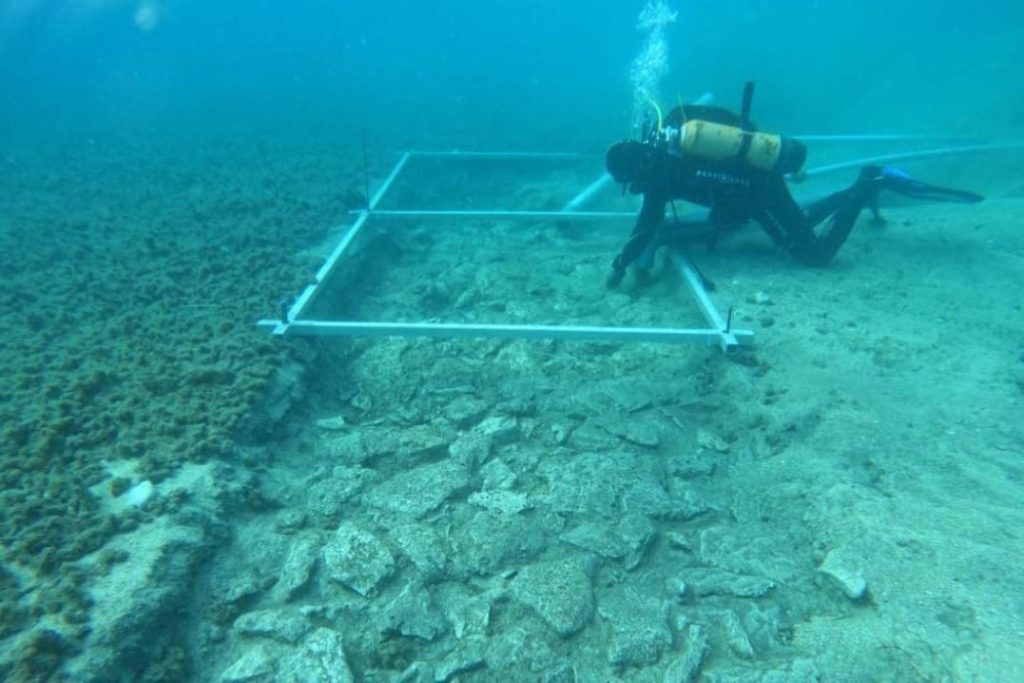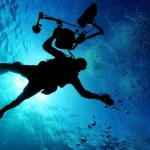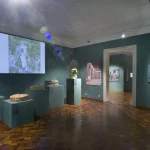November the 21st, 2024 – An incredible Croatian archaeological find in the form of a 7000-year-old Korčula road sparks questions and curiosity.
Croatian archaeological finds are as fascinating as they are apparently numerous. Every few months, divers in the Adriatic Sea or indeed construction projects on land come upon something new (yet very old) by accident. Indeed, the Adriatic Sea was the domain of ancient vessels of the Roman Empire, as well as merchant ships carrying all sorts of goods to and from the Venetian Empire and the autonomous Dubrovnik Republic (Ragusa).
Ancient amphorae and sunken ships who fell victim to violent sea storms are far from the only Croatian archaeological finds, however, there are even mosaics and ancient roads waiting to be discovered.
As Morski writes, today (November the 21st) at 18:00, Associate Professor Mate Parica from the University of Zadar will arrive at the Old Town Hall in Pjaca in Split with the latest information on research being carried out at the Soline archaeological site on the central Dalmatian island of Korčula.
During underwater archaeological research at the submerged prehistoric site of Soline on Korčula, archaeologists discovered remains that completely surprised even them. Beneath the surface, a 7000-year-old Korčula road was discovered that once connected the submerged prehistoric settlement with the modern coastline of the island of Korčula.
This four-metre-wide road paved with ancient stone slabs enabled the connection of the artificially created island with the mainland. Radiocarbon analysis has dated the entire former settlement to around 4900 BC, which means that people were walking along this submerged road 7000 years ago.
The site of Soline on the island of Korčula is considered by experts to be of extreme significance, probably on a global scale, for several good reasons. First and foremost, it is an open-air settlement, located on an artificially formed peninsula. Second, many Neolithic sites are located within caves, and Soline is a settlement located on the coast which represents a complete whole.
Research at the Soline site is continuing, and each new excavations are bringing us closer to a far better understanding of the history of these areas of Croatia, and how they can be best preserved and protected as time goes on.











